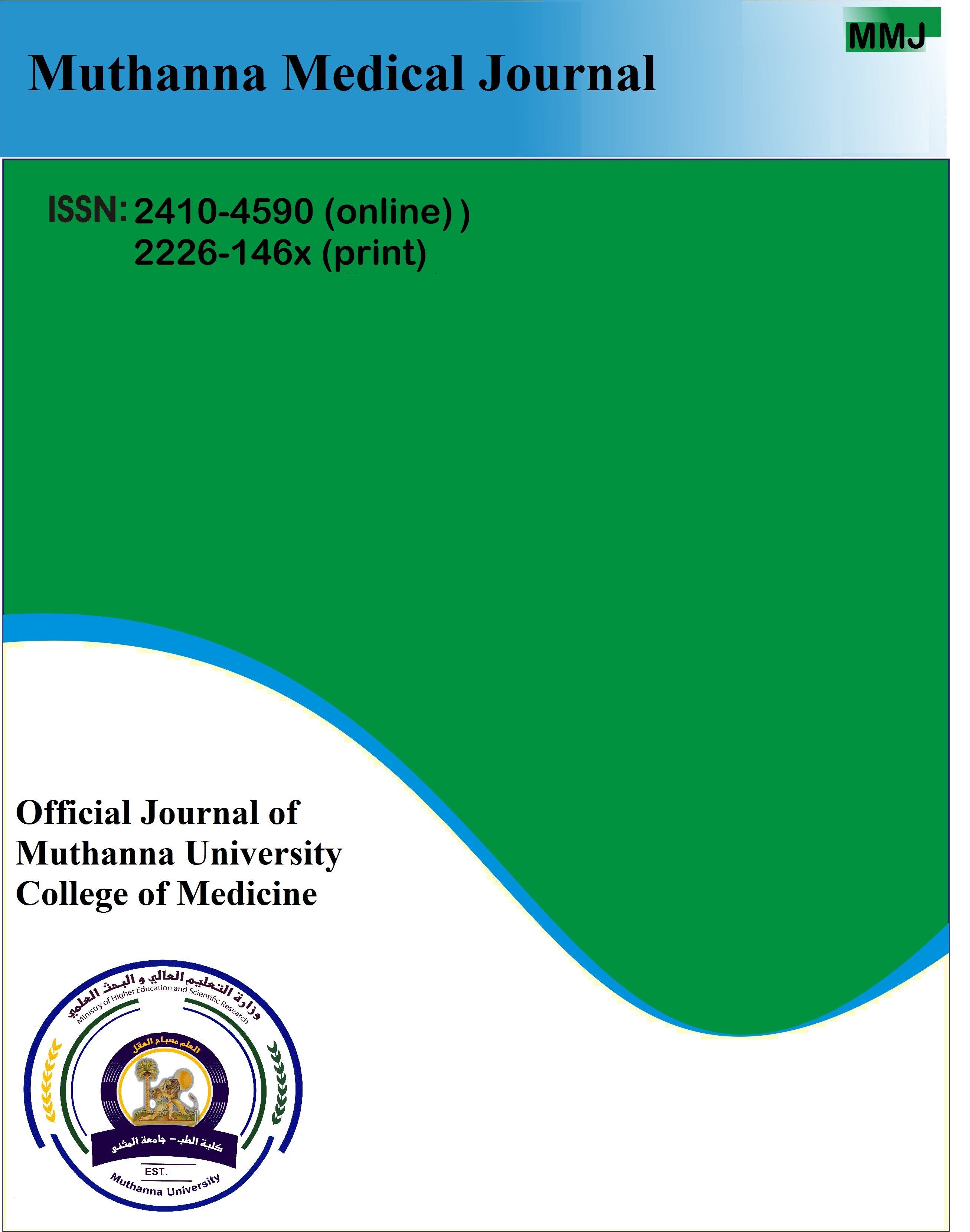Muthanna Medical Journal
Volume 9, Issue 2, 2022 Page 168-175
http://dx.doi.org/10.52113/1/1/2022-168-175
AbdElkarim A. Abdrabo ¹*
Correspondence author: abdrabokarim@gmail.com
¹Department of Clinical Chemistry, Faculty of Medical Laboratory Science, Al-Neelain University, Khartoum, Sudan
Received 04 September , Accepted 25 November 2022, Available online 04 December 2022.
Copyright © 2022 AA. This is article distributed under the terms of the Creative Commons Attribution License http://creativecommons.org/licenses/by/4.0), which permits unrestricted use, distribution, and reproduction in any medium, provided the original work is properly cited
Copyright © 2022 AA. This is article distributed under the terms of the Creative Commons Attribution License http://creativecommons.org/licenses/by/4.0), which permits unrestricted use, distribution, and reproduction in any medium, provided the original work is properly cited
Abstract
Diabetic Retinopathy (DR) is one of the long-term complications of Diabetes Mellitus (DM) and constitutes the leading cause of blindness in working-age individuals. Prolactin (PRL) is a peptide hormone that is linked with lactation, but many studies have demonstrated that PRL could have protective value against DR. The aim of this study is to evaluate the role of prolactin in pathophysiology of DR. This study is designed to find an association between PRL level and DR. In this case-control study, a total of 300 subjects were recruited to participate in the study,150 subjects apparently healthy as control group and other 150 patients were diagnosed with type 2 DM who were classified into diabetic patients with DR (75) and diabetic patients without DR (75). Serum PRL was measured by autoanalyzer (TOSOH AIA system), HbA1c was measured by another automated chemical analyzer (Cobas c system). Statistical analysis was performed using SPSS version 21 using an independent samples T-test and Pearson’s correlation. Independent samples of T-test analysis show a significant decrease in PRL level in the diabetic patients with DR in comparison to the diabetic patients without DR (p˂0.05). Person’s correlation revealed that there was an insignificant correlation between PRL level with duration of DM and patients’ age. In conclusion, these findings suggest that low PRL level might be associated with DR.
Keywords: DM, Retinopathy, Prolactin, VEGF, HbA1c